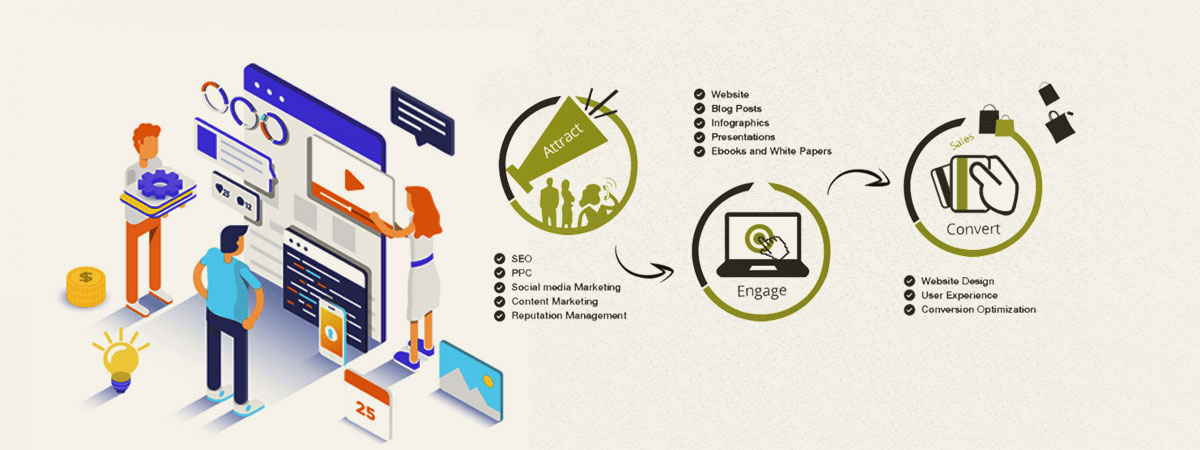The Evolution Of Site Style: From Past To Existing
The Evolution Of Site Style: From Past To Existing
Blog Article
https://ceoworld.biz/2021/09/27/5-emerging-digital-marketing-strategies-to-try-in-2022/ Composed By-Pappas Molina
In the past, sites were simple and focused on info. Navigation was straight, and style was for desktop computers. Now, customer experience is vital. Data overviews styles for easy navigation. Receptive formats fit different devices. Today, dark setting reduces stress, and minimal food selections improve navigation. Interactive functions involve users, and strong visuals stick out. AI integration improves engagement. See exactly how layout has developed to improve your on-line journey.
Early Days of Web Design
In the early days of website design, simpleness reigned supreme. Internet sites were basic, with restricted colors, fonts, and layouts. The focus was on providing details as opposed to showy visuals. Individuals accessed the web via slow dial-up links, so speed and functionality were crucial.
Navigation food selections were straightforward, typically located on top or side of the web page. Web sites were developed for computer, as mobile surfing wasn't yet widespread. Web content was king, and designers prioritized easy readability over intricate style elements.
HTML was the primary coding language made use of, and designers needed to work within its constraints. Animations and interactive features were marginal compared to today's standards. Websites were fixed, with little vibrant content or personalized individual experiences.
Surge of User-Focused Layout
With the evolution of internet site layout, a shift towards user-focused layout principles has actually become progressively prominent. Today, developing sites that prioritize customer experience is vital for engaging visitors and accomplishing service objectives. User-focused style entails comprehending the demands, choices, and behaviors of your target market to customize the site's format, content, and features appropriately.
Designers now carry out thorough research study, such as user surveys and use testing, to collect understandings and feedback directly from users. This data-driven strategy assists in creating intuitive navigating, clear calls-to-action, and aesthetically attractive user interfaces that reverberate with visitors. By putting the individual at the facility of the style procedure, sites can deliver an extra personalized and delightful experience.
Responsive design has also become an essential facet of user-focused style, guaranteeing that websites are optimized for numerous devices and display sizes. This versatility enhances accessibility and functionality, satisfying the varied means users interact with sites today. In essence, the rise of user-focused layout signifies a shift towards producing digital experiences that prioritize the demands and expectations of completion customer.
Modern Trends in Web Design
Discover the most recent patterns forming web design today. One popular trend is dark mode style, offering a sleek and modern-day appearance while decreasing eye strain in low-light atmospheres. An additional crucial trend is minimal navigation, streamlining food selections and improving individual experience by concentrating on essential elements. Including micro-interactions, such as computer animated buttons or scrolling effects, can create an extra engaging and interactive website. Receptive layout remains essential, guaranteeing smooth customer experiences across different gadgets. Furthermore, using bold typography and asymmetrical formats can add visual interest and accentuate specific web content.
Integrating AI technology, like chatbots for consumer support or customized suggestions, boosts customer interaction and improves processes. Ease of access has also become a considerable fad, with designers focusing on inclusive design practices to satisfy diverse individual needs. Welcoming sustainability by optimizing website efficiency for speed and performance is an additional emerging trend in web design. Working together with individual comments and data analytics to repeat and enhance layout continually is important for remaining pertinent in the ever-evolving electronic landscape. By accepting these modern-day fads, you can create an aesthetically appealing, user-friendly site that resonates with your audience.
Final thought
As you review the advancement of site style from the early days to currently, you can see how user-focused design has actually become the driving force behind modern-day fads.
Embrace the trip of change and adaptation in website design, constantly maintaining the individual experience at the forefront.
Tippingpointdigital
Keep current with the latest patterns and innovations, and never ever quit evolving your technique to develop visually sensational and easy to use web sites.
Develop, adapt, and develop - the future of web design remains in your hands.
